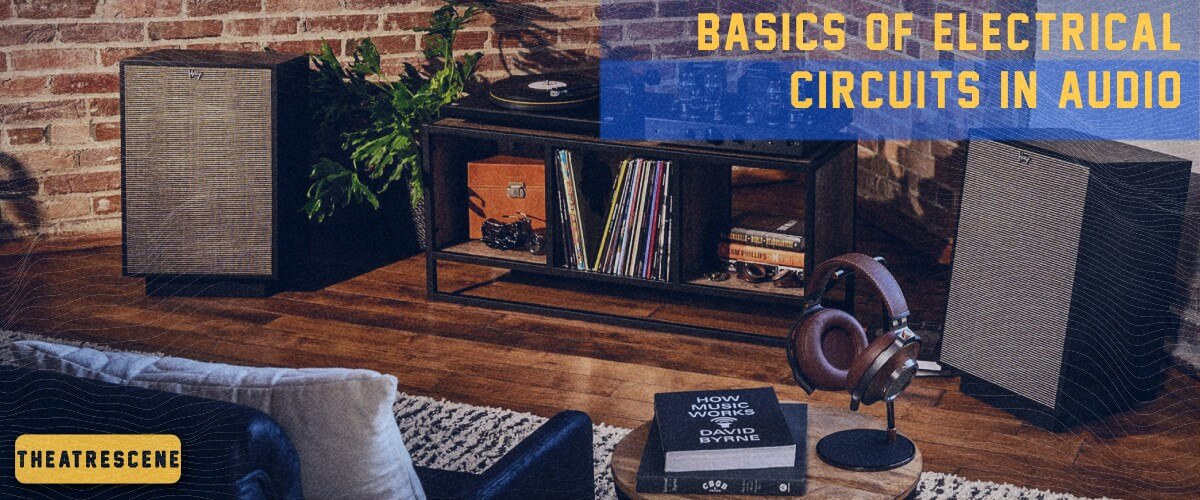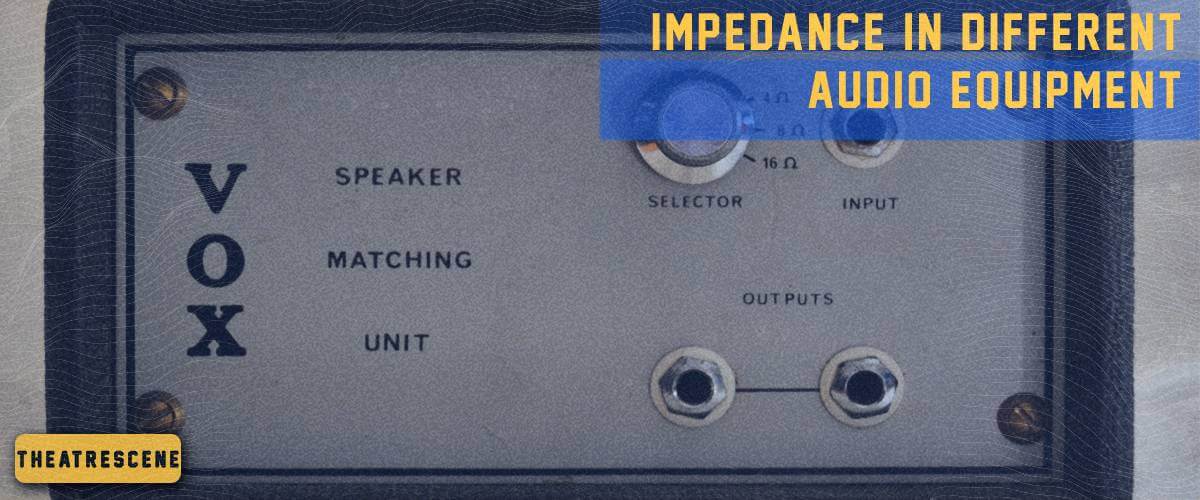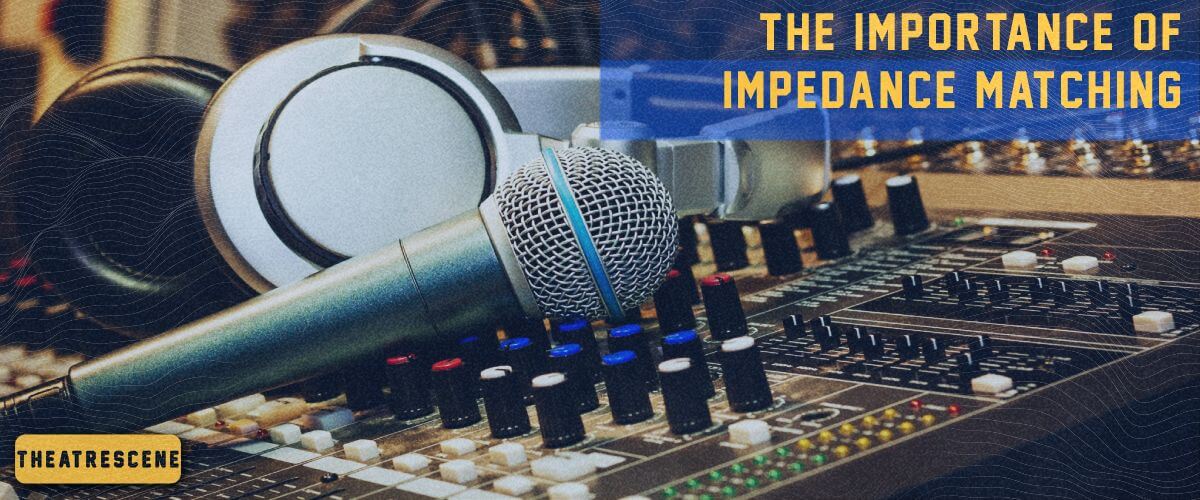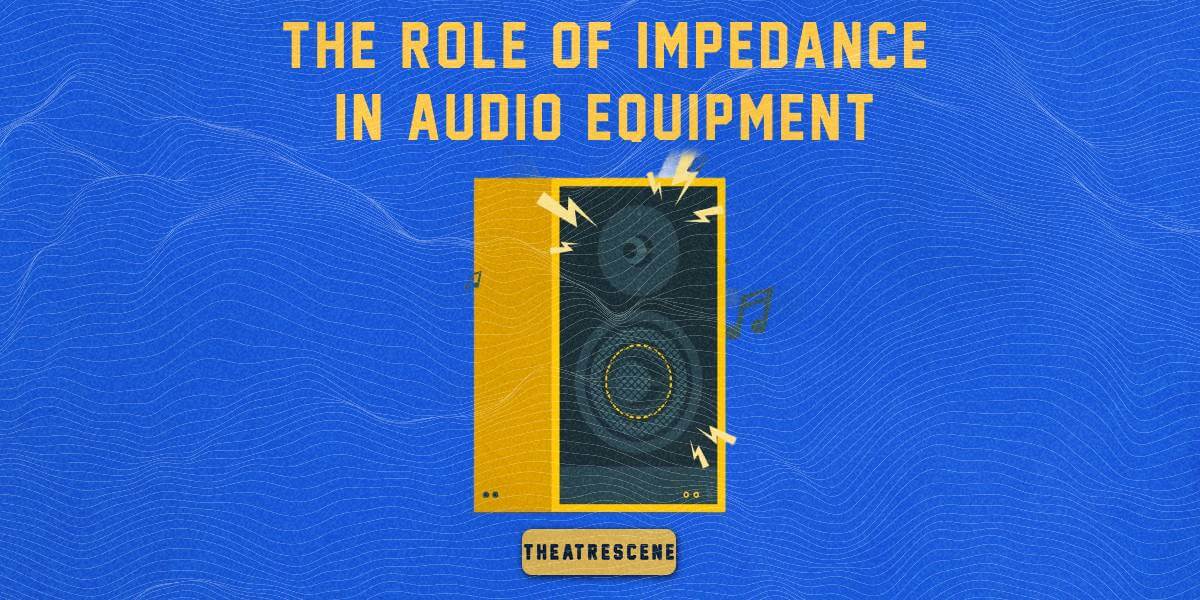Ever found yourself scratching your head, trying to figure out what impedance in audio is and why it’s so important for your sound system? In this article, we will dig into all the nitty-gritty of impedance, spilling the beans on why it’s a game-changer for your audio vibes.
So, whether you’re a full-blown audiophile or just looking to up your home audio game, understanding impedance is pretty much your golden ticket to hitting that sweet sound jackpot.
Basics of electrical circuits in audio

I think we should start with the basics. What is impedance in the context of audio? Think of it as the resistance your audio equipment gives to the flow of electrical current. It’s not just plain resistance, though; it also takes into account the timing of how current and voltage interact with each other in your circuit. The unit of measurement for impedance is ohms.
In audio circuits, you’ve got three main components contributing to impedance: resistance, capacitance, and inductance. Resistance is the most straightforward; it’s like the constant traffic on your road, constantly opposing the flow of current. In terms of ohms in speakers, you’ll find that lower resistance usually allows for more power to be delivered to the speaker, enhancing its performance.
Capacitance comes into play with parts like capacitors, which store and release electrical energy. They can resist changes in voltage, affecting the timing and flow of current. Inductance is mostly seen in coils or inductors, impacting the circuit based on the rate of current change. Together, these components interact and create the overall impedance of your audio setup.
Impedance in different audio equipment

Looking at various audio gear, impedance plays different roles. Starting with headphones and speakers, it’s fascinating to observe how speaker impedance affects their sensitivity and power requirements. I once switched from low to high-impedance headphones and immediately noticed a drop in volume. This is because higher impedance generally requires more power to deliver the same audio level. Speakers follow a similar trend, and understanding this can really help in optimizing your audio setup for the finest performance.
Now, looking at the world of amplifiers and receivers, things get even more interesting. The output impedance of these devices is a game-changer. I’ve personally experienced how matching my speakers’ impedance with my amplifier’s significantly improved the sound clarity. High-impedance amplifiers, in particular, can be quite versatile and capable of effectively driving a wide range of speaker impedances.
Cables and connectors? Yeah, they’re part of the impedance game, too, even though we don’t think about them that much. Turns out, they can throw in some extra impedance, messing with your sound more than you’d think. Learned that lesson when a cheap cable I bought just didn’t do my tunes any justice. Talk about a bummer! So I switched things up, spent a bit more on some decent cables, and bam – it was like night and day. Keeping that impedance in check really keeps your music sounding crisp and clear, trust me!
The importance of impedance matching

Impedance matching is the practice of ensuring that the impedance of your source (like an amplifier) matches the impedance of your load (like your speakers). Why does this matter? Well, when these impedances are matched, it allows for maximum power transfer, resulting in optimal sound quality. It’s like finding the perfect dance partner; when both are in sync, everything flows smoothly.
If the impedances aren’t matched, it can lead to reduced efficiency and, in extreme cases, potential damage to your equipment. You could experience a lack of clarity in sound, and the overall performance of your audio system would be compromised. It’s a bit of a balancing act, but getting it right makes all the difference. From personal experience, taking the time to understand and match impedance has led to noticeable improvements in my sound system’s performance and has been well worth the effort.






